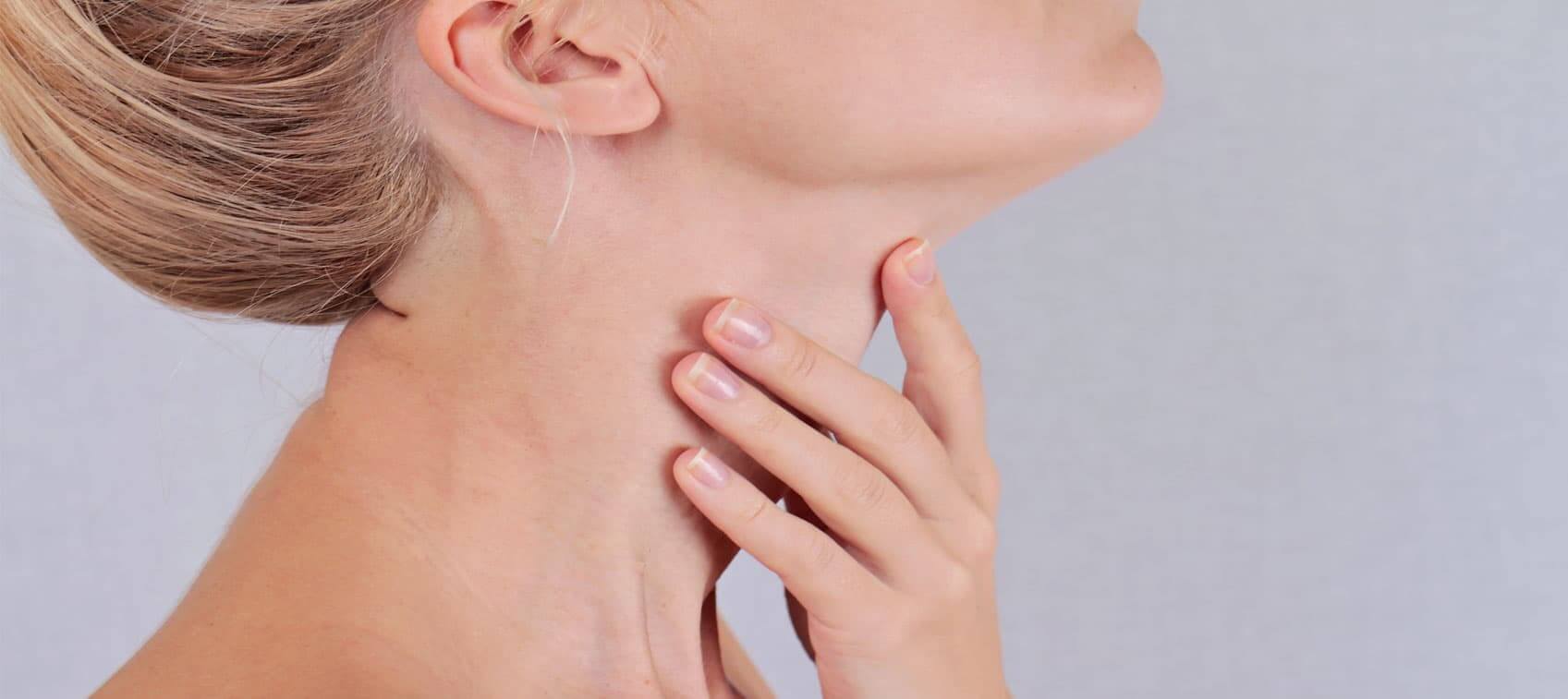@natural_minded_mama Iodine Painting. Have you tried it before and would you? Make sure if you do this before bed you lay a towel down to cover your pillow because it will stain it if not. #sorethroatremedy #sorethroatrelief #sorethroathack #wellbeingmatters #naturalmindedmama #holisticwellness #healthandwellness #holistichealthcoach ♬ Pure Imagination – Dotan Negrin + Prismatic Mantis
Iodine painting, also known as iodine tincture or topical iodine application, is used to apply iodine solution directly to the skin for various purposes. It involves using a small brush or swab to paint or apply iodine solution to the desired area. The iodine solution typically used for painting contains iodine dissolved in alcohol or a mixture of alcohol and water.
Iodine painting has been traditionally used for a range of purposes, including:
- Antiseptic and Disinfection: Iodine has antiseptic properties, which can help kill or prevent the growth of microorganisms like bacteria, viruses, and fungi. It can be applied to wounds, cuts, or abrasions to help disinfect the area and prevent infections.
- Preoperative Skin Preparation: Iodine painting is often used before surgeries or medical procedures as part of preoperative skin preparation. It helps reduce the risk of surgical site infections by sterilizing the skin.
- Surgical Field Marking: In some surgical procedures, iodine can mark the boundaries or outline the surgical field on the patient’s skin. This helps guide the surgeon during the process.
- Fungal Infections: Iodine painting can be a topical treatment for certain fungal infections, such as athlete’s foot or fungal nail infections. The antifungal properties of iodine can help inhibit the growth of fungi.
It’s important to note that iodine painting should be done carefully and with proper precautions:
- Skin Sensitivity: Some individuals may be sensitive or allergic to iodine. Before applying iodine solution to a large area or for the first time, it is recommended to perform a patch test on a small site of the skin to check for any adverse reactions. If you experience itching, redness, swelling, or other signs of an allergic reaction, discontinue use and seek medical advice.
- Skin Irritation: Prolonged or excessive use of iodine solution can cause skin irritation or drying. It’s essential to follow the instructions provided with the specific iodine solution and consult a healthcare professional if you have any concerns.
- Not for Internal Use: Iodine painting is meant for external use only. It should not be ingested or applied to mucous membranes, open wounds, or sensitive areas.
It’s worth noting that iodine painting is a traditional practice, and its usage may vary depending on specific circumstances or medical recommendations. It’s always advisable to consult a healthcare professional for appropriate guidance and advice for your particular situation.

